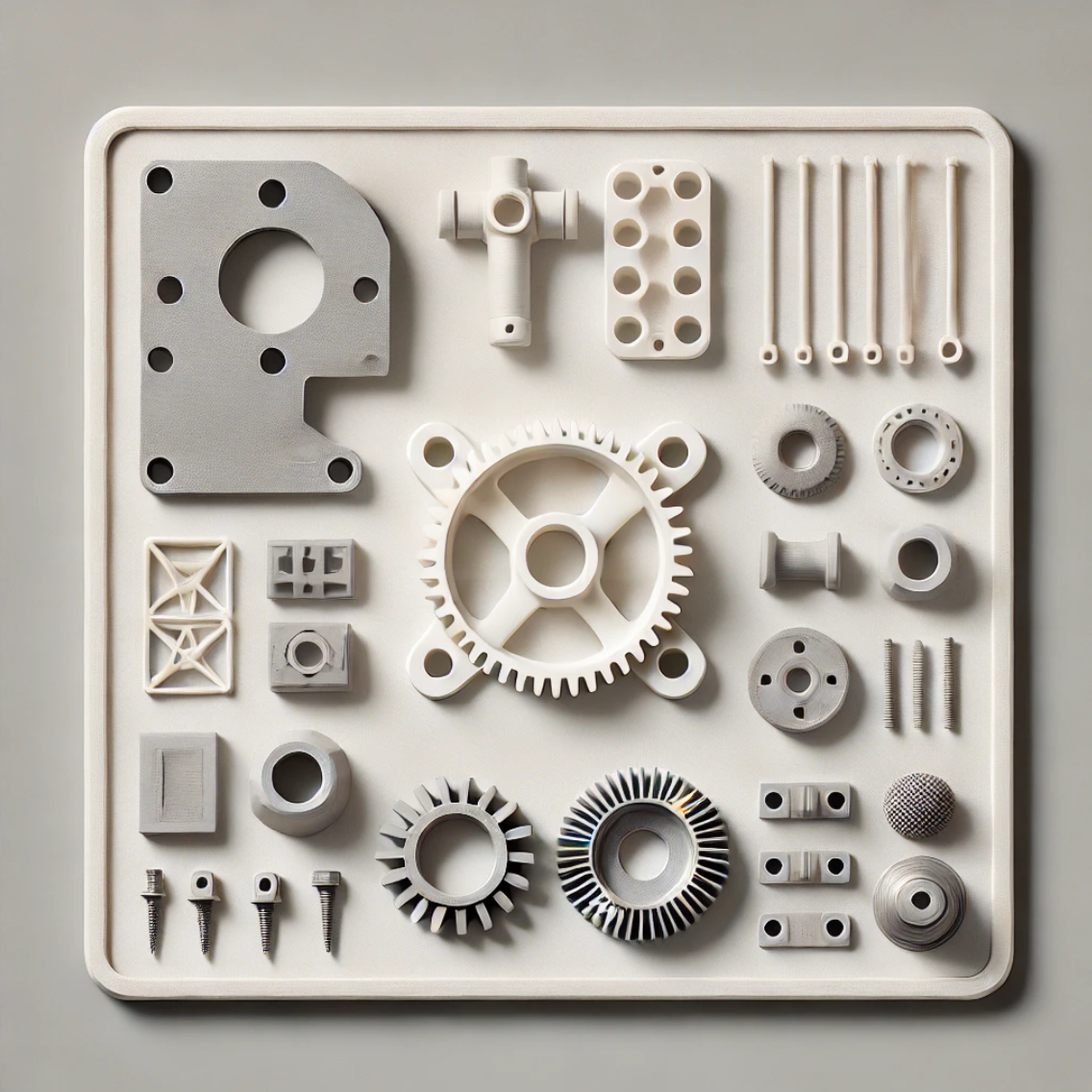What 3D printing technology is best for you?
3D printing has enabled the world to go from hobbyist to large scale manufacturing and has completely revolutionised the manufacturing industry. Yet, with many technologies and materials to choose from, deciding which 3D printing technology is the right one for your project can be something of a mystery. Find out what processes are available in this guide and which of them apply to your type of project, as well as about materials available, in order to pick the right one for you.
-
One of the most popular 3D printing technologies for personal and industrial use is FDM, or Fused Filament Fabrication (FFF). An FDM printer works by extruding thermoplastic filaments layer by layer to make durable parts. Its ideal for rapid prototyping, custom tooling and producing functional end use parts.Advantages:
Cost-effective for prototyping
Wide material selection including PLA, ABS, PETG, and carbon-fiber reinforced options
Strong mechanical properties
Best For:
Functional prototypes
Jigs and fixtures
Large format parts
Explore our FDM Material Options for a detailed guide on filament properties and their best use cases.
-
In SLA, a laser cures liquid resin into solid layers at high detail and with very smooth surface finish. This technology is appropriate when high fine features and dimensional accuracy are targeted. In many industries (jewellery, dental, engineering, etc.) it's used for high quality prototypes and small production runs.
Advantages:
High resolution and smooth surfaces
Excellent for fine details and complex geometries
Can produce translucent and flexible parts
Best For:
Visual models and display prototypes
Medical devices and custom fit parts
Small, complex components
Check out our SLA Resin Material Selection to see which resins suit your application.
-
The SLS technology uses a laser to make powder melt and fuse the materials, often nylon, into a solid structure. It provides excellent mechanical properties, and does not require support structures, for creating durable, complex parts featuring interlocking features.
Advantages:
High strength and durability
No need for support structures
Capable of producing functional prototypes and end-use parts
Best For:
Mechanical components and snap-fit parts
Low-volume production
Aerospace and automotive applications
Explore our SLS Material Guide to learn more about the range of available powders.
-
Metal 3D printing, or SLM, is used to directly print the metal part from a digital design. The technique is based on melting metal powder by layer, creating high strength metal components. Compared with traditionally manufactured metal components, parts produced with the SLM process are lightweight and strong and are ideal for replacing them.
Advantages:
Strong, durable metal parts
Highly complex geometries
Suitable for both functional prototypes and production
Best For:
Aerospace and automotive applications
Medical implants and surgical tools
Complex metal parts with internal channels
Review our SLM Material Options to discover which metals meet your performance requirements.
-
MJF is a multifunctional, 3D printing technology that combines printed surface finishes with fine details of the part into a singular process. For producing high quality, functional parts consistently and rapidly it is the best. MJF, like SLS, uses nylon powders but with somewhat finer detail, better mechanical properties, and superior part consistency.
Advantages:
High accuracy and smooth surface finish
Shorter lead times due to faster print speeds
High strength and isotropy (uniform properties in all directions)
Best For:
Low-volume production of end-use parts
High-quality functional prototypes
Lightweight components
Check out our MJF Material Options to see the benefits of MJF for your project.
After choosing the right 3D printing technology, there is also the right material to choose as they can differ substantially in numerous ways. Different forms of the technology support a range of materials that possess their own properties such as flexibility, strength or heat resistance. We’ve compiled in-depth Material Cross-Reference Sheet to give you a shortcut on what kind of material to use for your project based on process, properties and typical applications.








